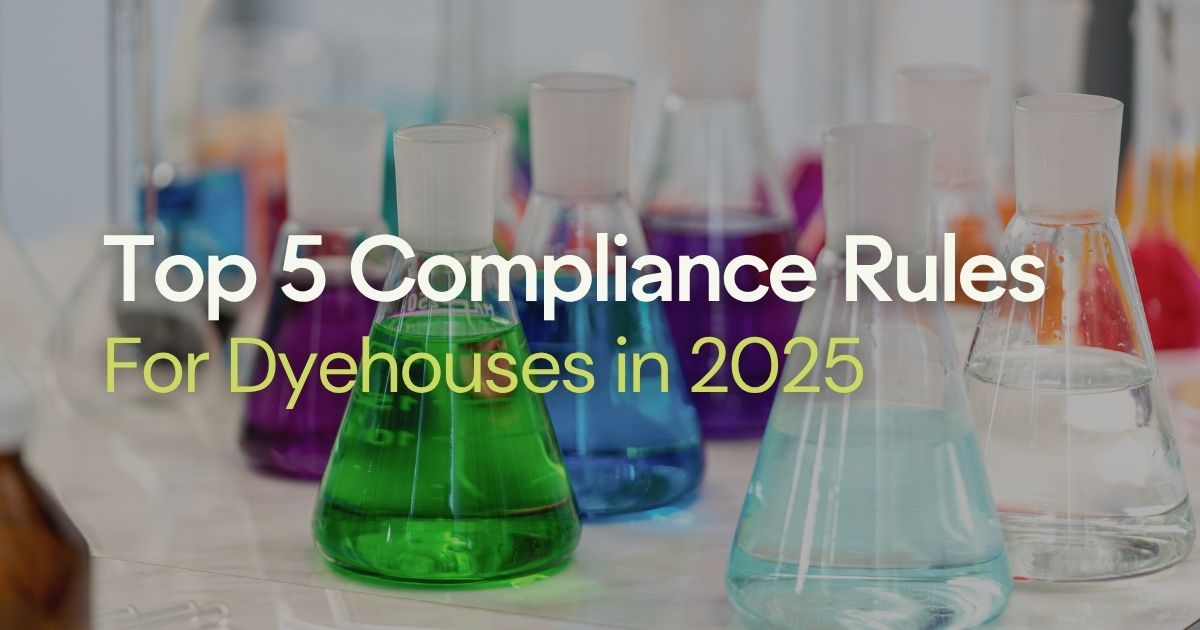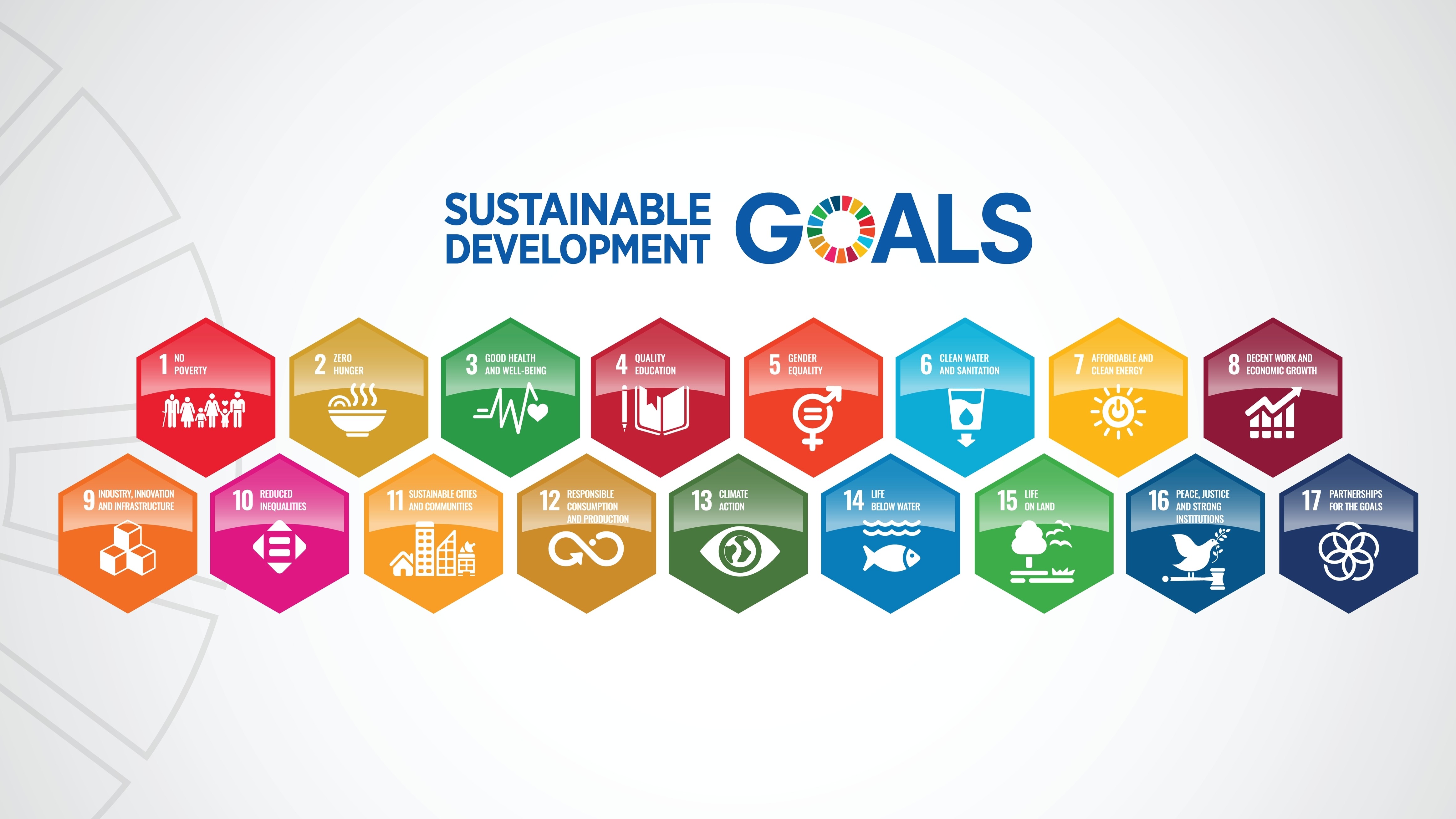 In 2025, the textile dyeing industry is undergoing a global push toward sustainability, reflecting rapidly evolving regulations and demands for supply chain transparency. With governments and textile organisations worldwide enforcing new climate and product traceability rules, textile dyeing will never be the same again. Discover the top 5 compliance rules for dyehouses this year, along with how you can remain compliant and competitive through digital textile dyeing.
In 2025, the textile dyeing industry is undergoing a global push toward sustainability, reflecting rapidly evolving regulations and demands for supply chain transparency. With governments and textile organisations worldwide enforcing new climate and product traceability rules, textile dyeing will never be the same again. Discover the top 5 compliance rules for dyehouses this year, along with how you can remain compliant and competitive through digital textile dyeing.
Digital Product Passports (DPPs)
As part of the European Union’s (EU) Ecodesign for Sustainable Products Regulation (ESPR) is the Digital Product Passport (DPP). A unique QR code that records information about a product’s origin, materials, environmental impact, and disposal recommendations. Throughout this initiative, the EU aim to enhance supply chain management and help companies identify and mitigate risks related to authenticity and environmental impact, including dye and chemical inputs, energy and water consumption, and other certifications and sourcing details (data.europa.eu, 2024). Therefore, DPP compliance will demand digitised, traceable dyeing operations. Without real-time traceability from digital textile dyeing solutions, dyehouses risk being cut adrift from compliant global supply chains.
Supply Chain Greenhouse Gas Emissions (Scope 1 and 2)
Carbon footprints of both products and dyehouses are increasingly under the spotlight. With rising global temperatures and water scarcity becoming more common, policymakers are aiming to tackle the energy used in textile dyeing to prevent further environmental damage.
Created by a joint initiative of the World Resources Institute (WRI) and the World Business Council for Sustainable Development (WBCSD), the Greenhouse Gas Protocol (GHG) is an "international standard for corporate accounting and reporting emissions, categorizing greenhouse gasses into Scope 1, 2 and 3 based on the source" (World Resources Institute, 2025). Applicable to textile dyeing, Scope 1 covers direct emissions from owned sources (like boilers), while Scope 2 includes emissions from purchased electricity, steam, or heat.
To decarbonise existing processes, dyehouses could substitute traditional textile dyeing to digital textile dyeing. Achieving greater control over the water, energy, and chemistry used, enabling the:
- Monitoring and reporting of on-site emissions
- Transition to energy-efficient, low-carbon systems
- Demonstration of verifiable emissions reductions
Global supply chains (Shutterstock, 2025).
Extended Producer Responsibility (EPR) Laws
With Extended Producer Responsibility (EPR) laws gaining momentum in Europe, the US, and parts of Asia, fashion brands and textile manufacturers are being held accountable for the post-consumer impacts of their products, including textile waste. This pressure is passed on to suppliers, who must now reduce dye and fabric waste at source, use recyclable or biodegradable materials and dyes, and improve transparency on waste handling and disposal. By adopting clean-tech processes like digital textile dyeing, dyehouses can process recycled fibres, be data-driven in their dyeing operations, all while producing significantly less waste than traditional textile dyeing methods. Helping you align better with EPR objectives and remain competitive in a waste-conscious industry.
Chemical Transparency and Compliance
Chemical management remains central to dyehouse compliance, particularly as brands intensify efforts to meet Zero Discharge of Hazardous Chemicals (ZDHC) standards. To remain compliant in the current climate, dyehouses are expected to have exclusive use of ZDHC MRSL Level 3-certified chemicals, have digital chemical inventory systems, and possess proof of zero hazardous discharge via third-party testing. The chemistry and dyes used in dyeing currently need not be substituted for digital textile dyeing. This alternative dyeing method enables any industry standard dyes to be used, while continuously tracking and storing formulations in dye recipe libraries, such as Alchemie’s Discovery lab-scale system. Therefore, through digital controls, digital textile dyeing solutions from the likes of Alchemie Technology offer tighter chemical dosing, data capture, and improved overall environmental safety.
United Nations Sustainable Development Goals (UNSDGs)
Alongside regulatory compliance, many brands are evaluating their suppliers based on contributions to the United Nations Sustainable Development Goals (UNSDGs). The UNSDG is a coalition of 37 UN entities that work together to support the implementation of sustainability goals. In the textile dyeing sector, three goals are especially relevant:
- SDG 6: Clean Water and Sanitation – by reducing freshwater usage and preventing pollution.
- SDG 12: Responsible Consumption and Production – by minimising waste and enabling circularity.
- SDG 13: Climate Action – by cutting energy use and greenhouse gas emissions.
These goals are being increasingly embedded into brand sourcing strategies, requiring dyehouses to not only report sustainability performance but to actively innovate. One such pathway is partnering with alternative dyeing technology providers like Alchemie Technology. Alchemie’s digital dyeing system, Endeavour™, supports SDG 6 and SDG 12 by eliminating water usage and significantly reducing CO₂ emissions through electric, non-thermal processing. At the same time, Endeavour™ enables greater efficiency, less waste, and chemical reduction, directly contributing to SDG 13. For dyehouses, adopting such solutions is not only a step toward sustainability but also a strategic move to remain aligned with global buyer expectations.
 United Nations Sustainable Development Goals (Shutterstock, 2025).
United Nations Sustainable Development Goals (Shutterstock, 2025).
How to be Compliant with Rules in 2025?
We at Alchemie Technology welcome the spotlight being placed on the textile dyeing industry as it undergoes a sustainable textile revolution. Having pioneered digital textile dyeing for over 10 years, our solutions offer an alternative to traditional dyeing.
As dyehouses across the globe face increasing pressures in a rapidly evolving industry, those that embrace change will not only ensure they meet the top 5 compliance rules in 2025, but lead the revolution in transforming textile dyeing into a clean-tech industry.
By adopting innovative solutions like Alchemie’s Endeavour™ system, we ensure that regulatory compliance is simple, allowing dyehouses like you to align with the global drive toward sustainable textile compliance, and becoming essential partners to brands seeking responsible and future-ready supply chains.
Contact us at enquiries@alchemietechnology.com.
